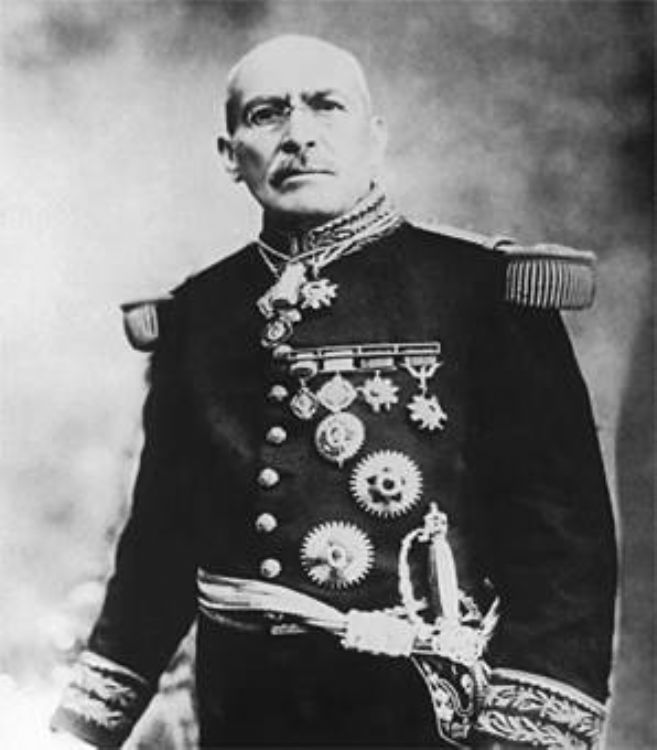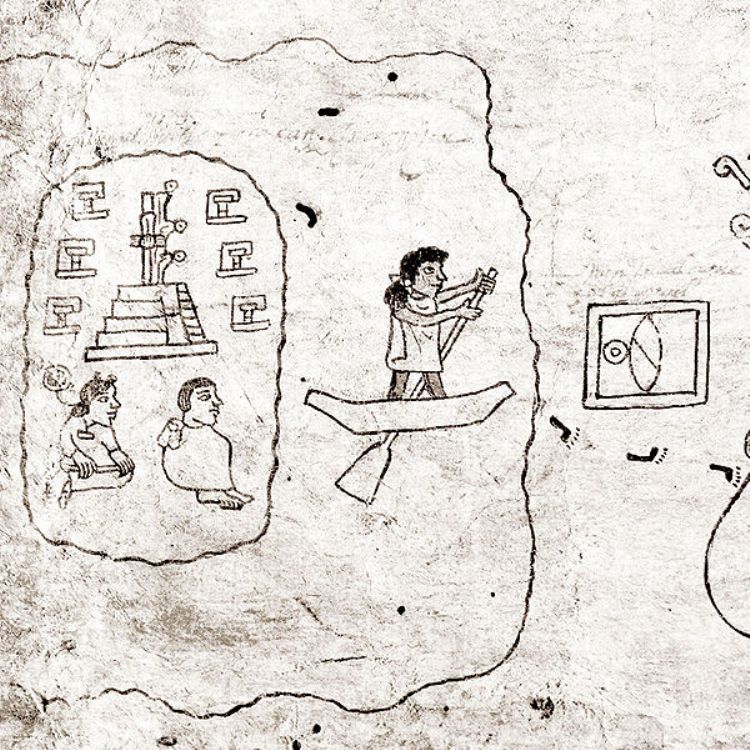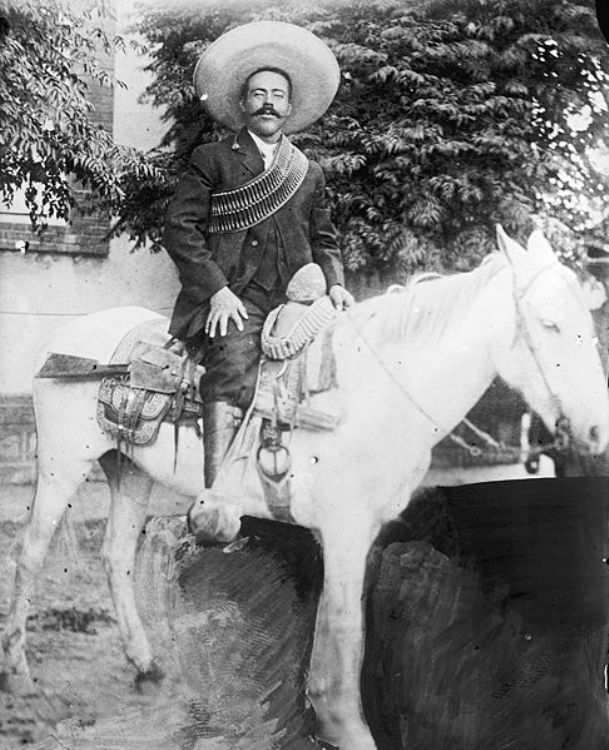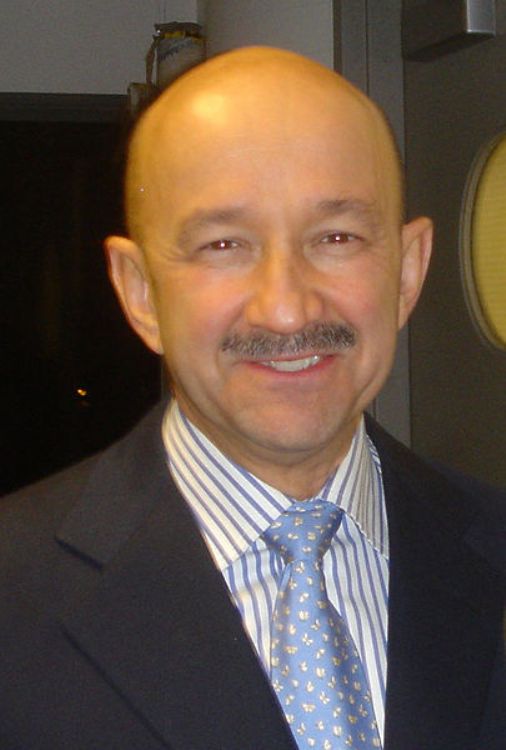Guillermo González Camarena
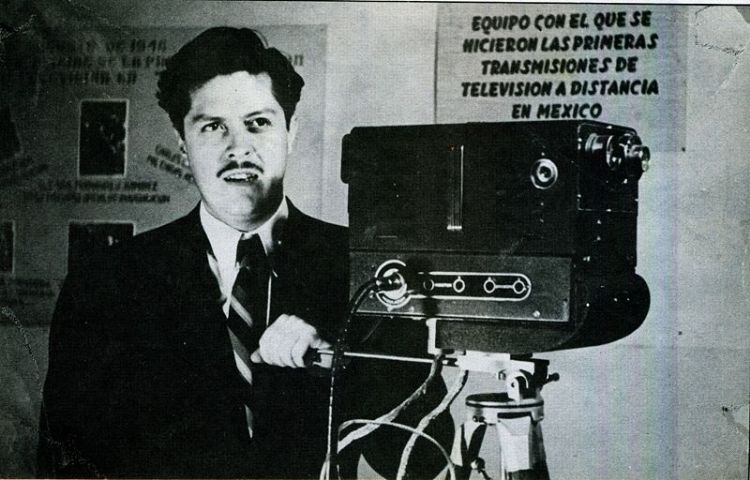
He was born on February 17, 1917 in Guadalajara, Jalisco. At two years of age, his family moved to Mexico City. Ever since he was young, he liked building electric toys, for which he established a laboratory in the basement of his house.
In 1930 he enrolled in the School of Mechanical and Electric Engineers and two years later was given license as radio operator. While he experimented in his laboratory, he worked at the radio station of the Ministry of Education. In 1934 he built his own television camera, he was 17 years old.
With the goal of giving color to television, he developed and patented a Trichromatic Sequential Fields System from primary colors, which could be adapted to the black and white system. This last patent was granted to him when he was 23 years of age.
His insatiable curiosity led him to manufacture his own telescope, with which he became part of Mexicoâs Astronomy Association.
He continued perfecting his television camera and in 1942 transmitted from the laboratory at his basement.
He also made valuable contributions to radio transmission. In 1945 the Ministry of Communications requested from him a research on volume, noise and attenuation of electric communication systems to establish the legal reference units for radio dials. For this, Engineer Camarena obtained a permit to operate âmeteorological balloonsâ that he used for taking radio equipments to the stratosphere. Four years later, with this information he developed the legal dispositions that would regulate the functioning and operation of local radio transmitters, including television, frequency modulation, short wave and long wave.
Columbia College of Chicago requested he design a system, so the young Mexican researcher exported televisions produced in Mexico. On January 1951, the company Radio Panamericana hired him to install the first transmitter station of Mexican television, which was placed between volcanoes Popocatepetl and Iztaccihuatl.
In the mid 1950âs, there was a peak in television sales, so Engineer Camarena was named technical adviser of the Mexican telesystem. In 1960 he carried out the first tests to transmit color images in Guadalajara.
The engineer insisted that afternoon transmissions should be dedicated to children, on the 21 of January 1963 began the color transmission of âParaíso Infantilâ. He also believed television should be used to alphabetize, so in coordination with the Ministry of Public Education he projected what would be known as Sistema de Educación Telesecundaria.
Worried for the people of scarce resources, he presented his Simplified Bicolor System in 1963, which was well received internationally, to solve the economic aspect for future buyers. He presented his simplified bicolor system in the World Fair of New York.
Unfortunately, on the 18th of April 1965, when returning from inspecting the transmission station of Channel 5 in Veracruz, he suffered an automobile accident that caused his death. He was 48 years old.
The Foundation Guillermo Gonzalez Camarena was formed in 1995 by a multidisciplinary group searching to promote the talent and creativity of Mexican inventors. This honors the creativity of the distinguished scientist who developed one of the inventions with greatest world repercussion: color television.
Artículo Producido por el Equipo Editorial Explorando México.
Copyright Explorando México, Todos los Derechos Reservados.
Foto Portada: Wikipedia.org

